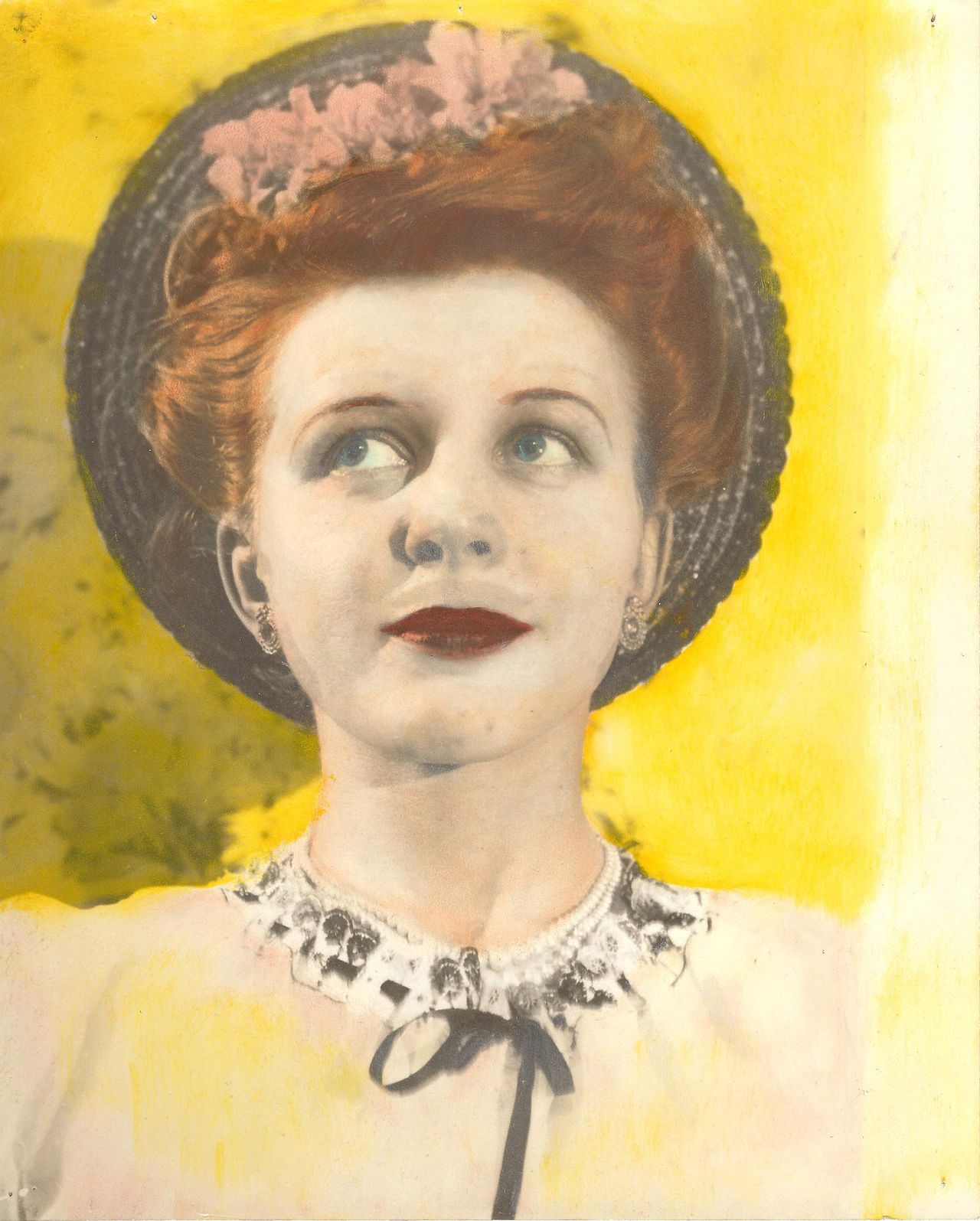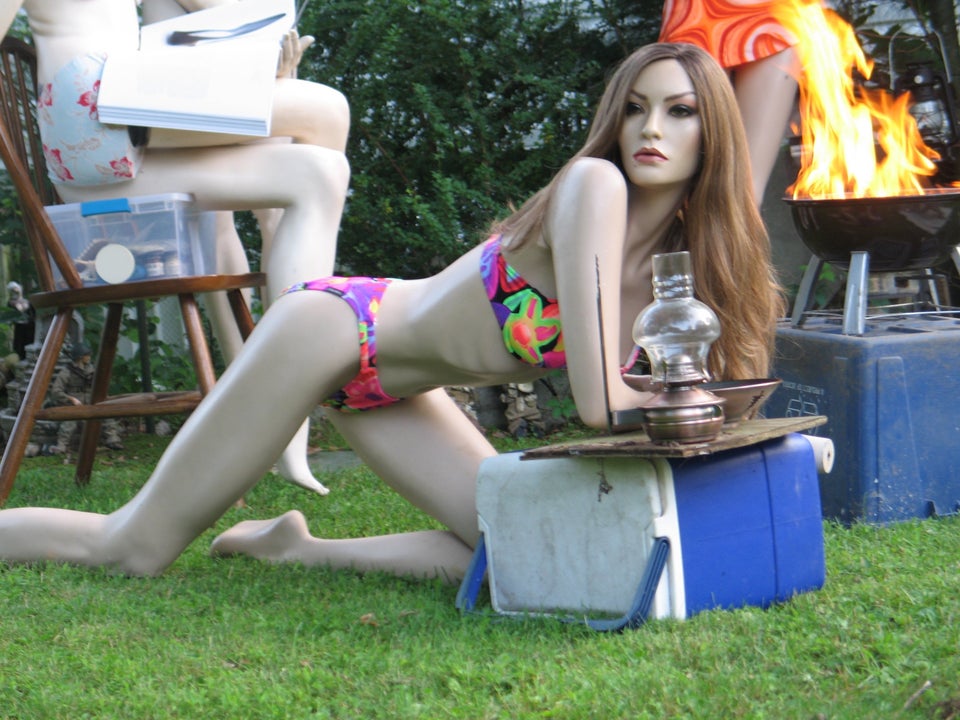Eugene Von Bruenchenhein was born in 1910, the same year Halley’s comet approached the Earth and its golden, gaseous tail was momentarily visible to Earthlings’ naked eyes.
As curator Joanna Cubbs expressed in the introduction to Eugene Von Bruenchenhein: King of Lesser Lands, Bruenchenhein himself was keenly aware of this coincidence, associating it with the cosmic connections he for so long identified as crucial to his very being. “I am from another world,” he said. “I always knew so.”
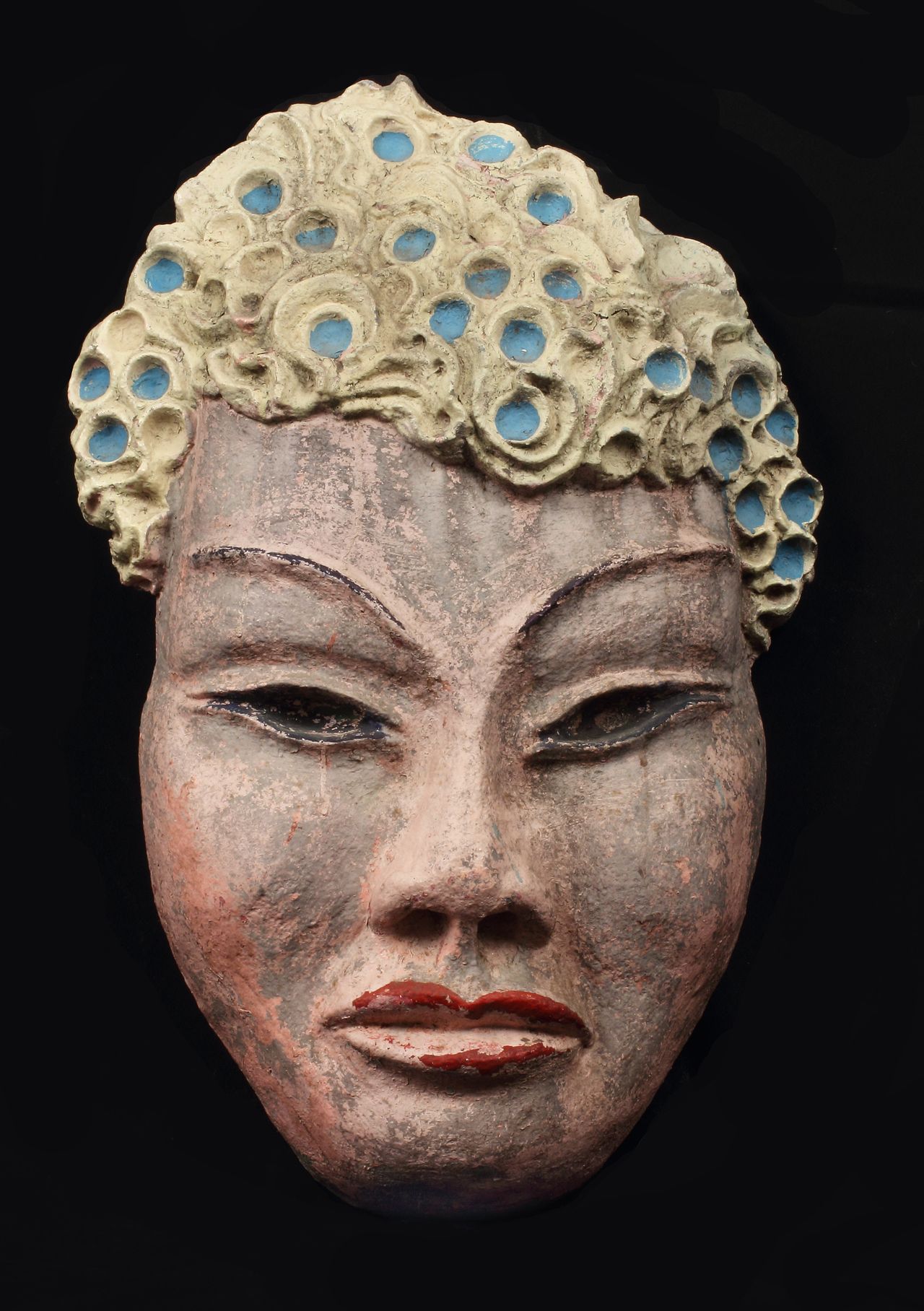
Those less romantic than Bruenchenhein might clarify that he was in fact born in the small town of Marinette, Wis., the son of a sign painter and shopkeeper. His mother died when Bruenchenhein was just 7 years old. Never having graduated high school, and deemed too short to serve in the military during World War II, he got a job at a local floral shop and then at a bakery, as a donut maker.
From the outside, Bruenchenhein led a modest, ordinary life. He fell in love with a woman named Evelyn Kalka, whom he called Marie. The two got married in 1943 and lived together in a small house in Milwaukee. Bruenchenhein retired at 49 years old after being diagnosed with a respiratory ailment allegedly caused by breathing in baking flour. He lived off social security checks until his death in 1983.
Only those who knew him intimately were aware that, within the confines of his home, Bruenchenhein’s skills went far beyond baking. As a plaque hanging in on his kitchen wall read, he considered himself a freelance artist, a poet and sculptor, an innovator, an arrow maker and plant man, a bone artifacts constructor, a photographer and architect, and a philosopher. Donut maker, we can only assume, was implied.
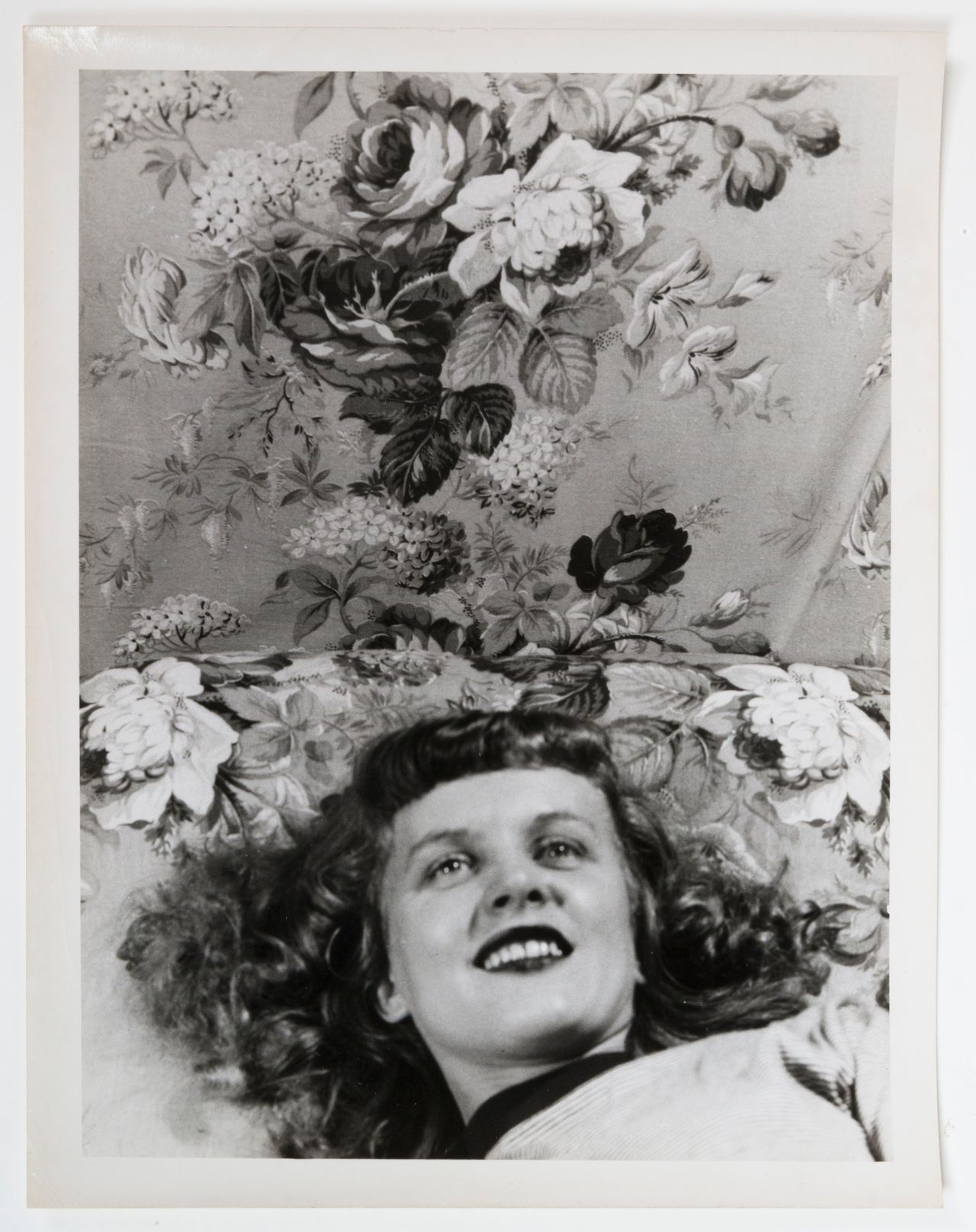
For over 40 years, Bruenchenhein immersed himself in a private, creative universe, creating thousands of visionary works of all different media he’d pack into every available inch of his tiny house. Only after Bruenchenhein’s death did his friend Daniel Nycz bring the work to the director of the Milwaukee Art Museum, sending the unknown on the path to recognition.
Today, Bruenchenhein is regarded as one of the most prolific and distinctive self-taught artists of the 20th century.
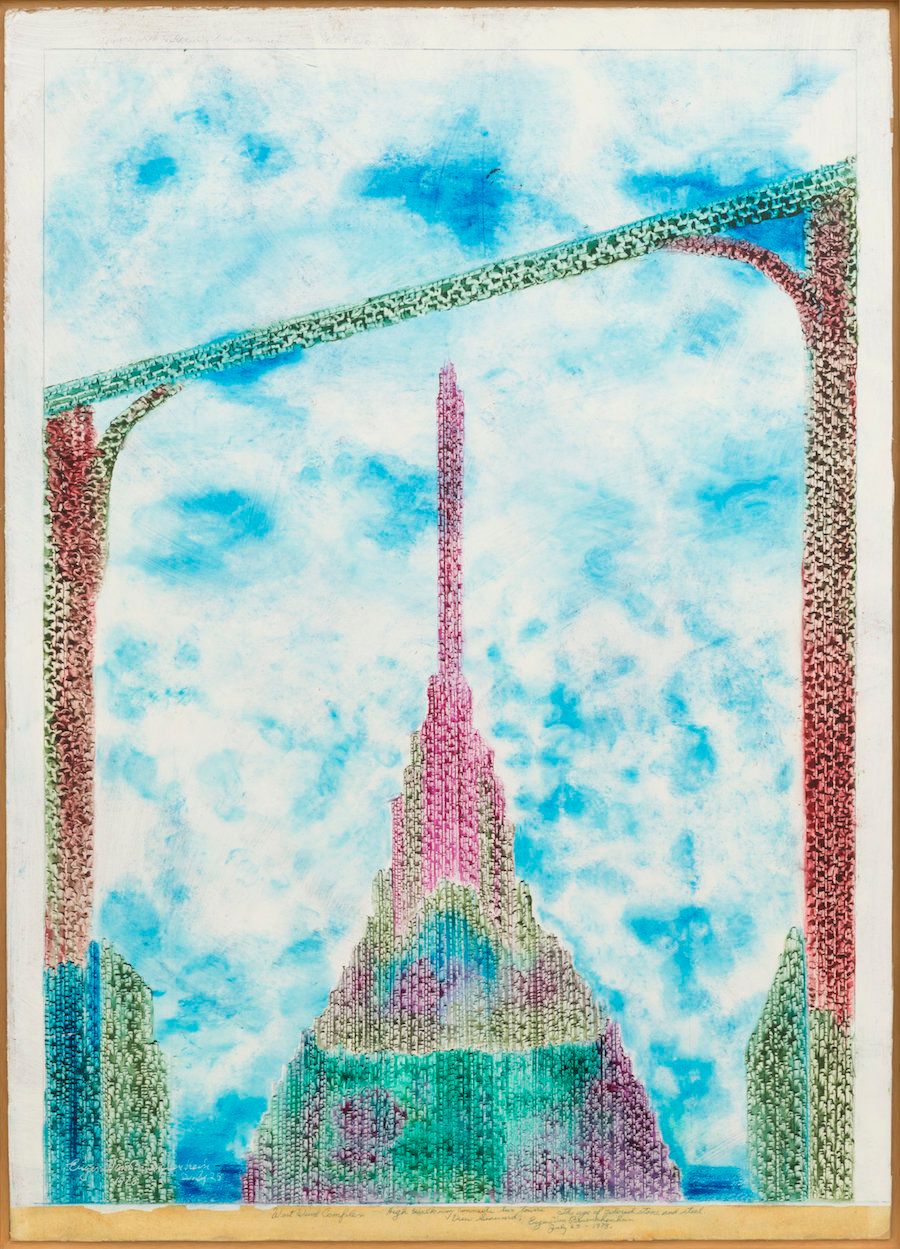
Bruenchenhein is best known for his earliest phase of work, photographic portraits of his wife and muse Marie. Throughout the 1940s, Bruenchenhein meticulously crafted staged photo shoots of his beloved, fashioning the backdrops and outfits himself.
Marie assumed classic1940s-era feminine roles like pin-up girl, femme fatale, tropical tourist and glamorous monarch. Yet the fixed tropes were unhinged by Marie’s palpable awkwardness and the image’s handmade aesthetic details, rendering them in a bizarro no man’s land just off the coast of recognizable characters. They read like an early study in constructed femininity.
Bruenchenhein converted his bathroom into a darkroom where he developed the erotic photos. In some, Marie wears only high waisted underwear, in others, her lingerie is complimented by pearls draped across her topless frame. In a few, Marie dons baroque crowns which Bruenchenhein built from coffee cans and Christmas tree ornaments. Within their home, the Bruenchenheins were clearly king and queen of their domain, sovereign rulers of an imaginary realm they built up in their imaginations, and then made real.

Bruenchenhein took up painting in the 1950s, creating elaborately textured, abstract scenes that resembled electrical explosions, mythical dragons and the tenants of a fantastical greenhouse. Inspired by color photographs of the detonation of the first hydrogen bomb, the artist worked cardboard canvases into sumptuous visions of apocalyptic violence, stuffed with the kind of dangerous beauty from which you can’t easily look away.
For his technique, Bruenchenhein developed an untapped method similar to finger painting, in which he used his nails and finger to dig into pigment and create jolts and tendrils of organic movement. He also employed unconventional tools to help maneuver his paint, including leaves, combs, sticks and paintbrushes made from Marie’s hairs. The paintings, at once regal and monstrous, illuminate the elaborate mythology at the core of Bruenchenhein’s work.
The artist remained concerned with exploring life’s greatest mysteries: nature in all its magic and violence, empires real and imagined that once reigned supreme and have since evaporated to dust, the origins of the universe and the interconnectedness of all its inhabitants. When he’d run his fingernail across a white canvas, peeling back the paint that was piled underneath, Bruenchenhein depicted pure light, primordial energy, zipping across the abundant darkness.

In her introduction, Cubbs explains that Bruenchenhein’s continued interest in the majestic stemmed from his belief that both he and Marie were the successors of nobility. This idea manifests in Bruenchenhein’s sculptures of thrones and towers, made, rather unbelievably, from ordinary chicken and turkey bones.
Saving the remnants of his dinner, Bruenchenhein soaked the skeletal remains in ammonia, dried them on his stove, and sorted them into piles according to size and type. He then used tweezers and glue to create spindly, architectural forms that resemble miniature skyscrapers from an alien planet, as fragile as they are majestic, truly the stuff of fairytales.
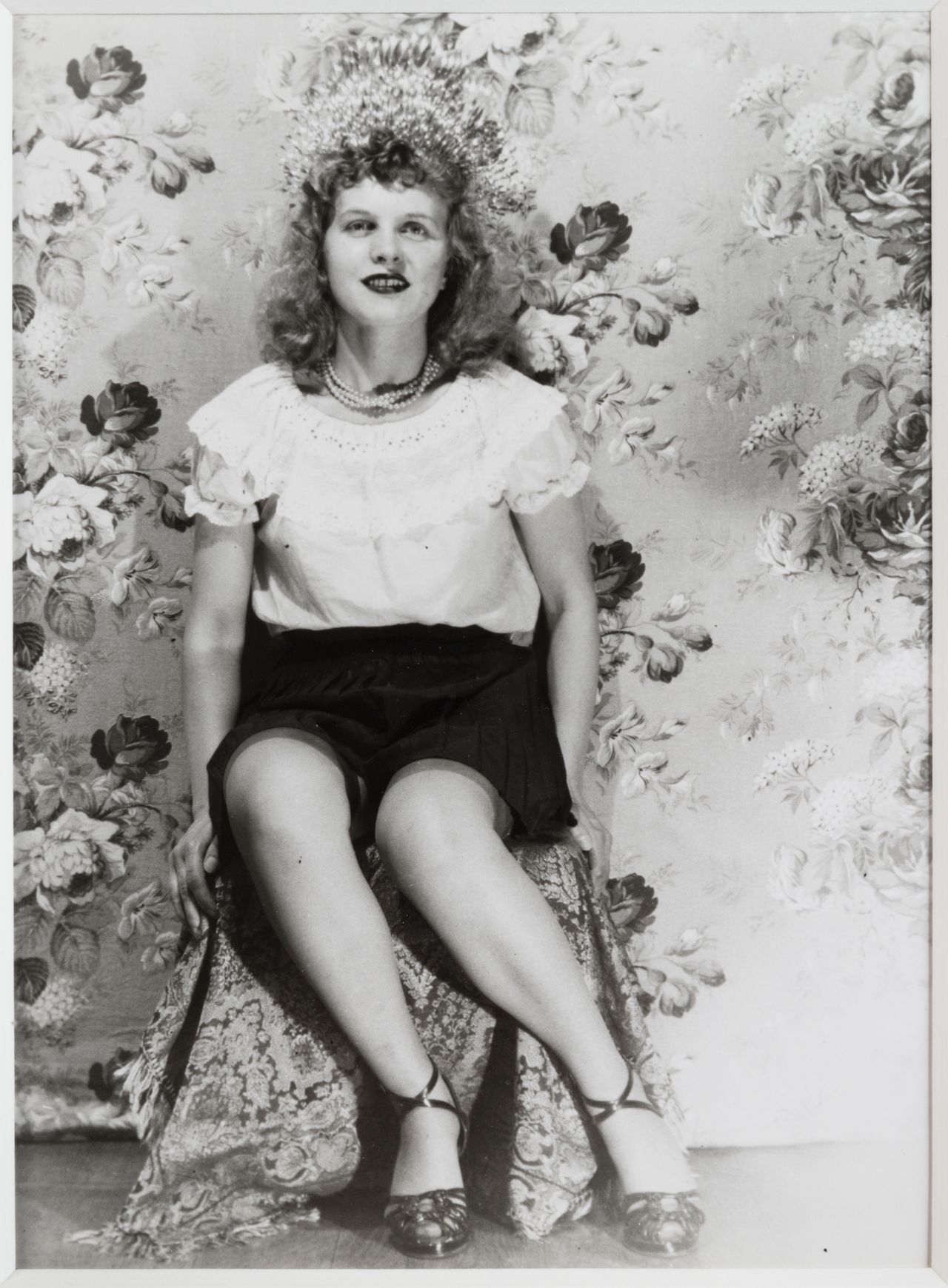
It’s perhaps because of Bruenchenhein’s dual existence ― as both artist and baker, nobleman and ordinary American ― that he occasionally labeled photos of himself as the “King of Lesser Lands.” Transforming the scraps of everyday existence into florid expressions of grandeur, Bruenchenhein morphed his home into his kingdom, one he ruled over with tremendous curiosity and creative hunger.
Throughout his lifetime, Bruenchenhein sought recognition for his work, facing rejection after rejection from local Milwaukee galleries and museums. And yet he continued to create, thousands of paintings and crowns and thrones and masks and towers and photos and sets, until his entire world was constructed from the visions of his imagination.
As Bruenchenhein himself said: “We are all kings in our own affairs.”
Eugene Von Bruenchenhein: King of Lesser Lands, published by Andrew Edlin Gallery, is available from ArtBook.
